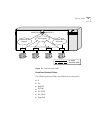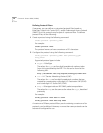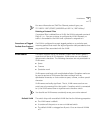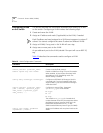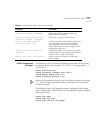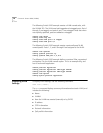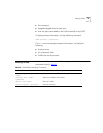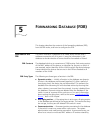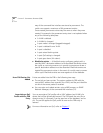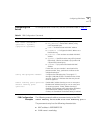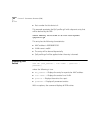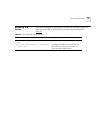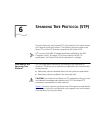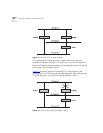
5
F
ORWARDING
D
ATABASE
(FDB)
This chapter describes the contents of the forwarding database (FDB),
how the FDB works, and how to configure the FDB.
Overview of the
FDB
The switch maintains a database of all media access control (MAC)
addresses received on all of its ports. It uses the information in this
database to decide whether a frame should be forwarded or filtered.
FDB Contents
The database holds up to a maximum of 128K entries. Each entry consists
of the MAC address of the device, an identifier for the port on which it
was received, and an identifier for the VLAN to which the device belongs.
Frames destined for devices that are not in the FDB are flooded to all
members of the VLAN.
FDB Entry Types
The following are three types of entries in the FDB:
■
Dynamic entries
— Initially, all entries in the database are dynamic.
Entries in the database are removed (aged-out) if, after a period of
time (aging time), the device has not transmitted. This prevents the
database from becoming full with obsolete entries by ensuring that
when a device is removed from the network, its entry is deleted from
the database. Dynamic entries are deleted from the database if the
switch is reset or a power off/on cycle occurs. For more information
about setting the aging time, refer to the section “
Configuring FDB
Entries,” later in this chapter.
■
Non-aging entries
— If the aging time is set to zero, all aging entries
in the database are defined as non-aging entries. This means that they
do not age, but they are still deleted if the switch is reset.
■
Permanent entries
— Permanent entries are retained in the database
if the switch is reset or a power off/on cycle occurs. The system
administrator must make entries permanent. A permanent entry can
either be a unicast or multicast MAC address. All entries entered by



